Pinning down expectations for Kyler Murray’s 3rd year with Cardinals
Sep 6, 2021, 6:30 AM
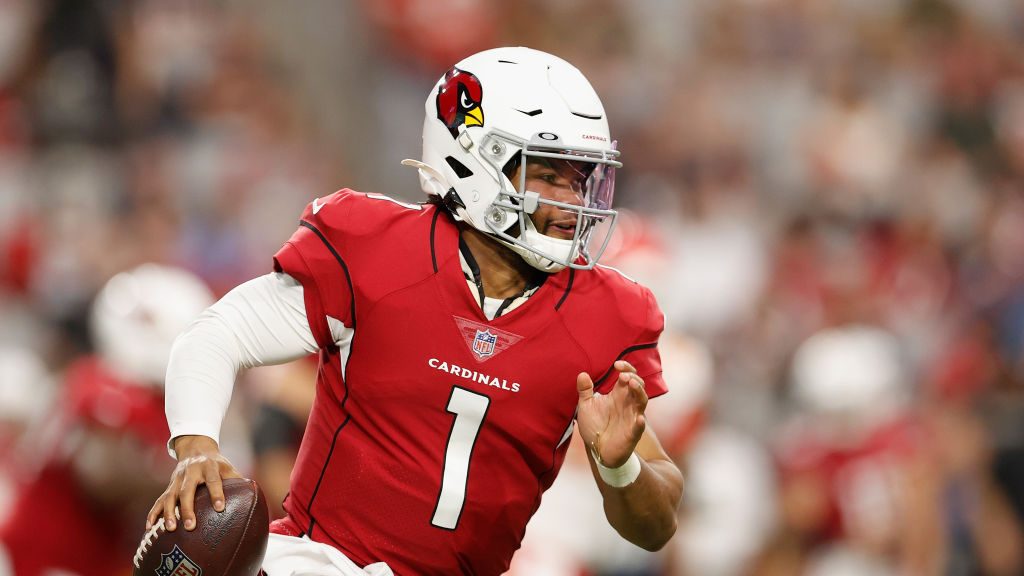
Quarterback Kyler Murray #1 of the Arizona Cardinals scrambles with the football during the first half of the NFL preseason game against the Kansas City Chiefs at State Farm Stadium on August 20, 2021 in Glendale, Arizona. (Photo by Christian Petersen/Getty Images)
(Photo by Christian Petersen/Getty Images)
What should we expect from Arizona Cardinals quarterback Kyler Murray this season? That’s a really hard question to answer, for more than a few reasons.
The first is establishing what proper expectations are.
Murray is a No. 1 overall pick, and as a quarterback especially, that makes them quite lofty. The key for Murray is that he’s now in his third season. It’s well documented how quarterbacks need a year, potentially two, to become properly acclimated to running an NFL offense.
Year 3 is when things should really start to come together if they haven’t already. Fortunately for Cardinals fans, they did for Murray last year.
Given what felt like a roller coaster 2020 for the Cardinals, it didn’t properly represent the year Murray had as just a passer alone.
Murray threw for 3,971 yards, 26 touchdowns and 12 interceptions, averaging 7.1 yards per pass attempt and completing 67.2% of ’em. The part of his game that feels far too big to just call icing on the cake is his rushing ability — that led to 819 more yards and 11 touchdowns.
All that together earned Murray a Pro Bowl honor in his sophomore NFL campaign, so to get a better indication of those expectations for 2021, let’s look back at a few signal-callers that feel good to group together with Murray.
The qualifier we’ll use is quarterbacks who made the Pro Bowl in either their first or second season after being selected No. 1 in the NFL Draft.
Here are the five players that qualify in the last 50 years, along with the numbers they put up in their third year.
Jared Goff, Los Angeles Rams: 64.9%, 4,688 yards, 32 touchdowns, 12 interceptions, 8.4 yards per attempt
Andrew Luck, Indianapolis Colts: 61.7%, 4,761 yards, 40 touchdowns, 16 interceptions, 7.7 yards per attempt
Cam Newton, Carolina Panthers: 61.7%, 3,379 yards, 24 touchdowns, 13 interceptions, 7.1 yards per attempt
Carson Palmer, Cincinnati Bengals: 62.3%, 4,035 yards, 28 touchdowns, 13 interceptions, 7.8 yards per attempt
Peyton Manning, Indianapolis Colts: 62.5%, 4,413 yards, 33 touchdowns, 15 interceptions, 7.7 yards per attempt
Pretty good company, eh?
When comparing Murray’s totals from Year 2, there are a few differences that stand out.
Firstly, there’s Murray’s completion percentage of 67.2%, which far and away would be the best of these six seasons if he were to replicate it in his own third year, and it’s not just great among this company, either.
Going back through the 161 seasons where a quarterback has attempted at least 350 passes in its first or second season, that completion percentage by Murray ranks fourth all-time. And his rookie mark of 64.4% is 15th, per Stathead.
Now, some of that has to do with head coach Kliff Kingsbury’s offense including a whole lot of short passes, contributing to Murray’s 7.1 yards per attempt that has him alongside Newton as outliers on the low end of the group.
This is where NFL’s Next Gen Stats can help contextualize more.
Average completed air yards (CAY) is the average number of yards on a completion from the line of scrimmage to the yardage mark where the ball is caught. Murray’s CAY of 5.9 last year is tied for 16th among tossers of at least 350 attempts. To be clear, this is not an indicator of success, as the solar system’s best quarterback, Patrick Mahomes, has fluttered around a meh 6.2-6.5 since his dominance began.
But Murray was at 5.1 as a rookie, and that bump — plus sustainability in his completion percentage — is a really nice positive sign. Looking back to that group of five No. 1 overall picks, Goff was at 7.0 in 2018. That’s probably shooting too high, but considering the extra vertical threat Arizona added in A.J. Green next to DeAndre Hopkins this year, maybe getting closer to that 7.0 mark of Goff than the 5.9 for Murray last year should be the goal.
To get away from that fancy gibberish and to more traditional numbers, we went over that because it simply will translate to Murray potentially joining four of those five guys in reaching 4,000 yards, and also three of ’em in 30-plus touchdowns. Kingsbury’s offense — due to personnel or his play-calling — appeared far too passive in his first two seasons, and he’ll be helping everyone out (including his quarterback) if he gets after it a bit more. We’re not asking for no risk-it, no biscuit here, but how about some juice that’s worth the squeeze?
Newton was obviously a fun name to come up here because of his prowess as a runner. It’s not stylistically comparable to Murray because Newton was more about power than agility, but there was a noticeable uptick in Murray’s carries from 93 as a rookie to 133 last season. Newton’s career-high of 139 didn’t come until he was 28, a number that seems bonkers until you look at Lamar Jackson’s year-by-year carry numbers in Baltimore of 147, 176 and 159 in his first three seasons.
The most impressive part of Murray’s second year was getting those 11 touchdowns on the ground, a peak Jackson has yet to reach in a season and Newton has done just twice. If Kingsbury chooses to dial up the designed runs for Murray even more, that touchdown number could get higher, and Murray would almost certainly snag his first 1,000-yard rushing season too.
All in all, the general point here is that Murray is coming off a very good season, and he’s got a few clear areas statistically where he could be even better.
And as you can see with those five other No. 1 picks that were this good this early, what they did in Year 3 speaks to the potential Murray has left to untap.
If that occurs, Murray will thrust himself into being one of the league’s premier stars, and when your football team has one of those at quarterback, winning almost always follows.






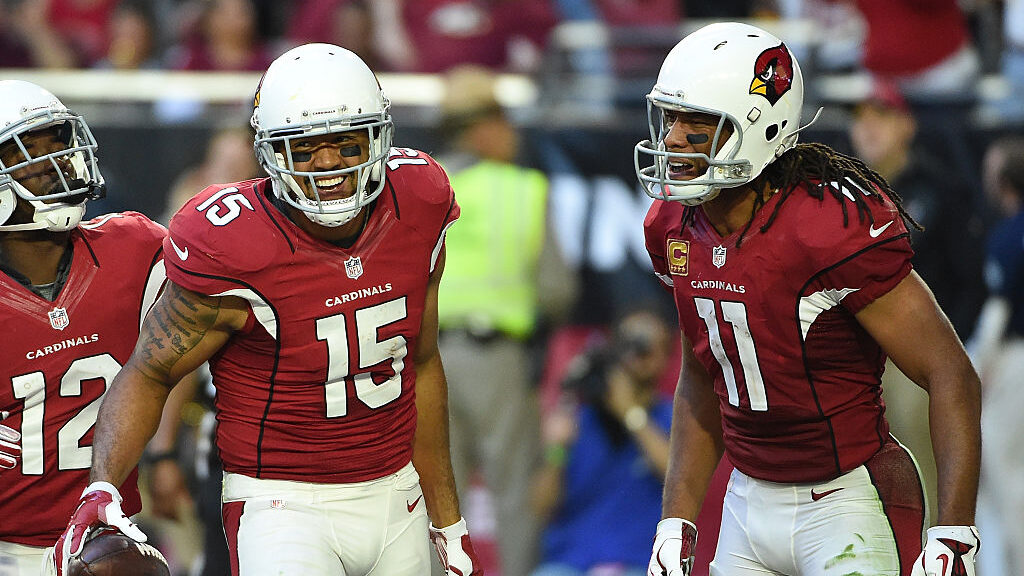

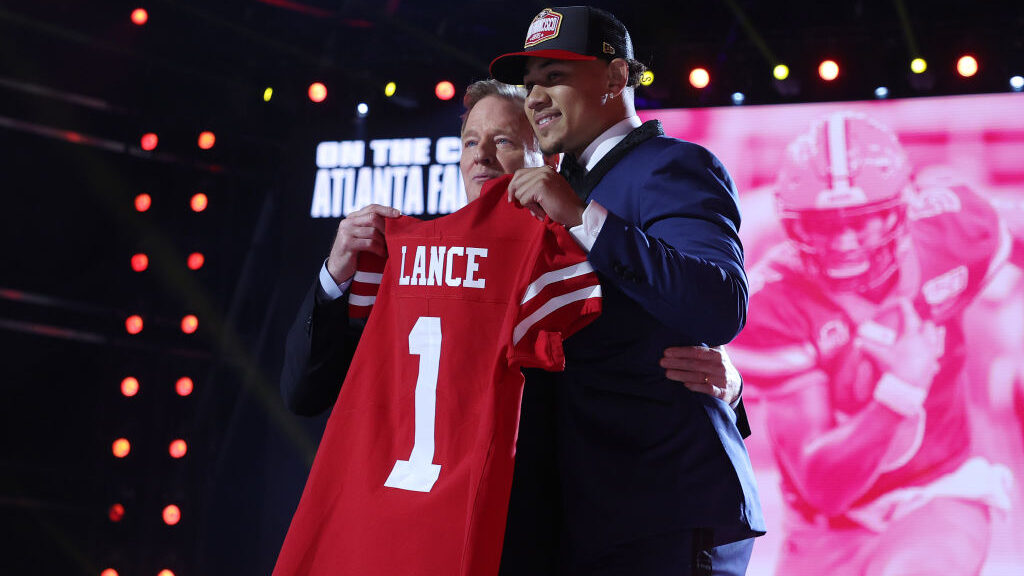
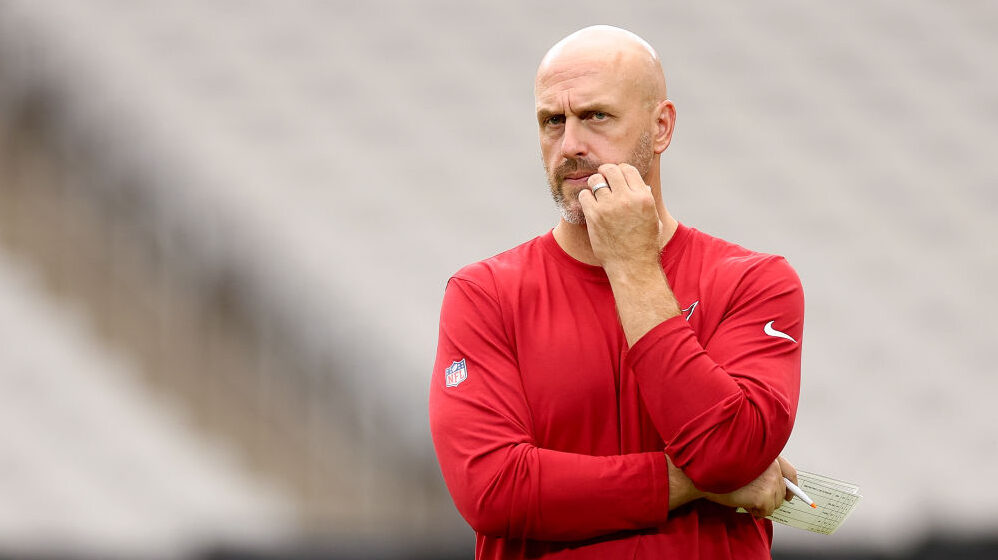

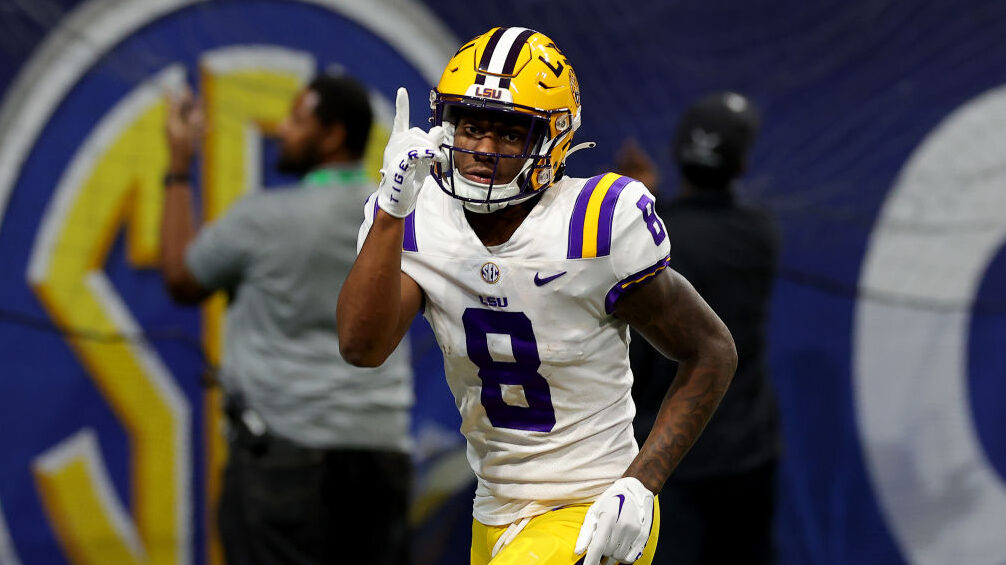
Comments